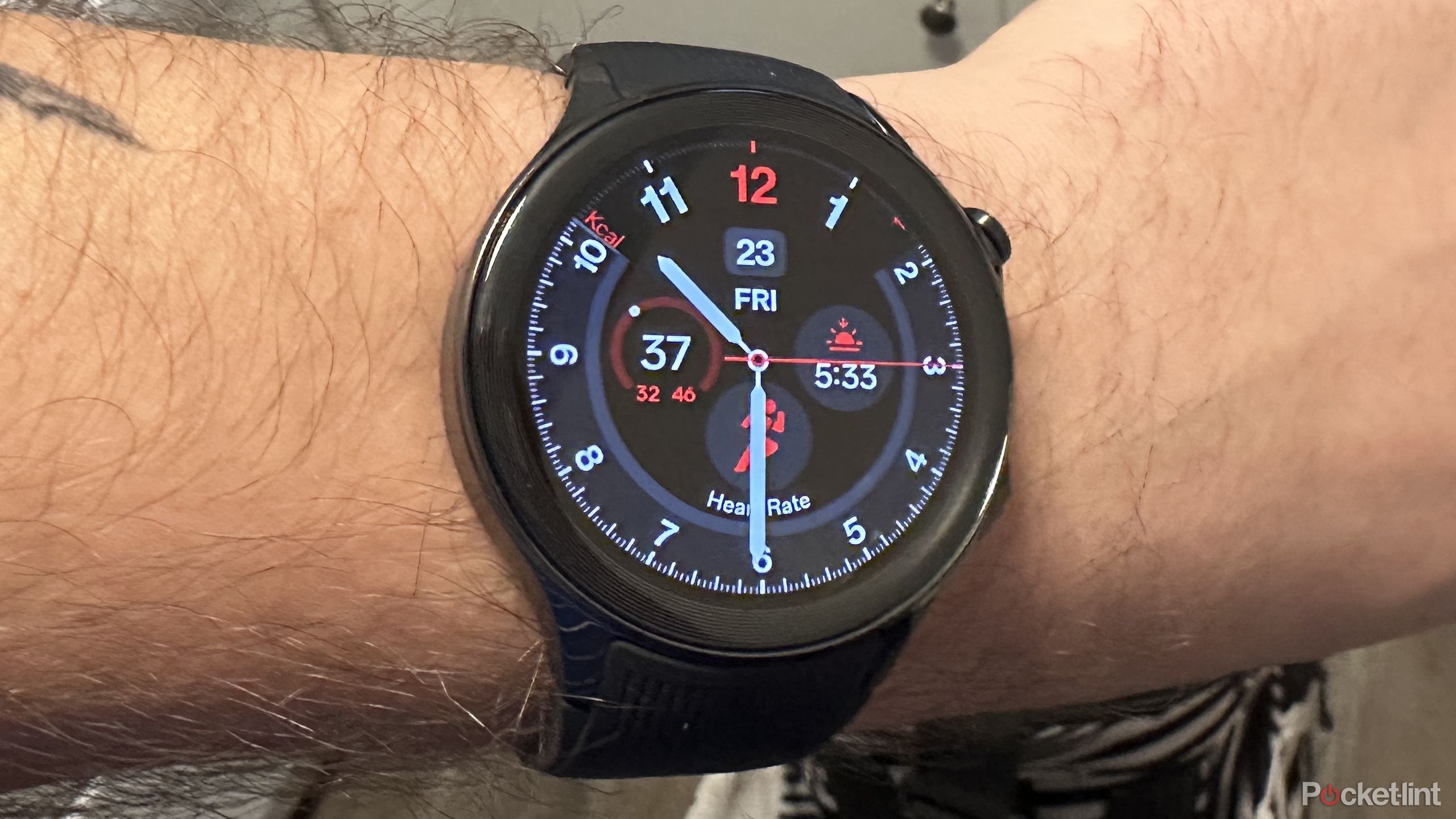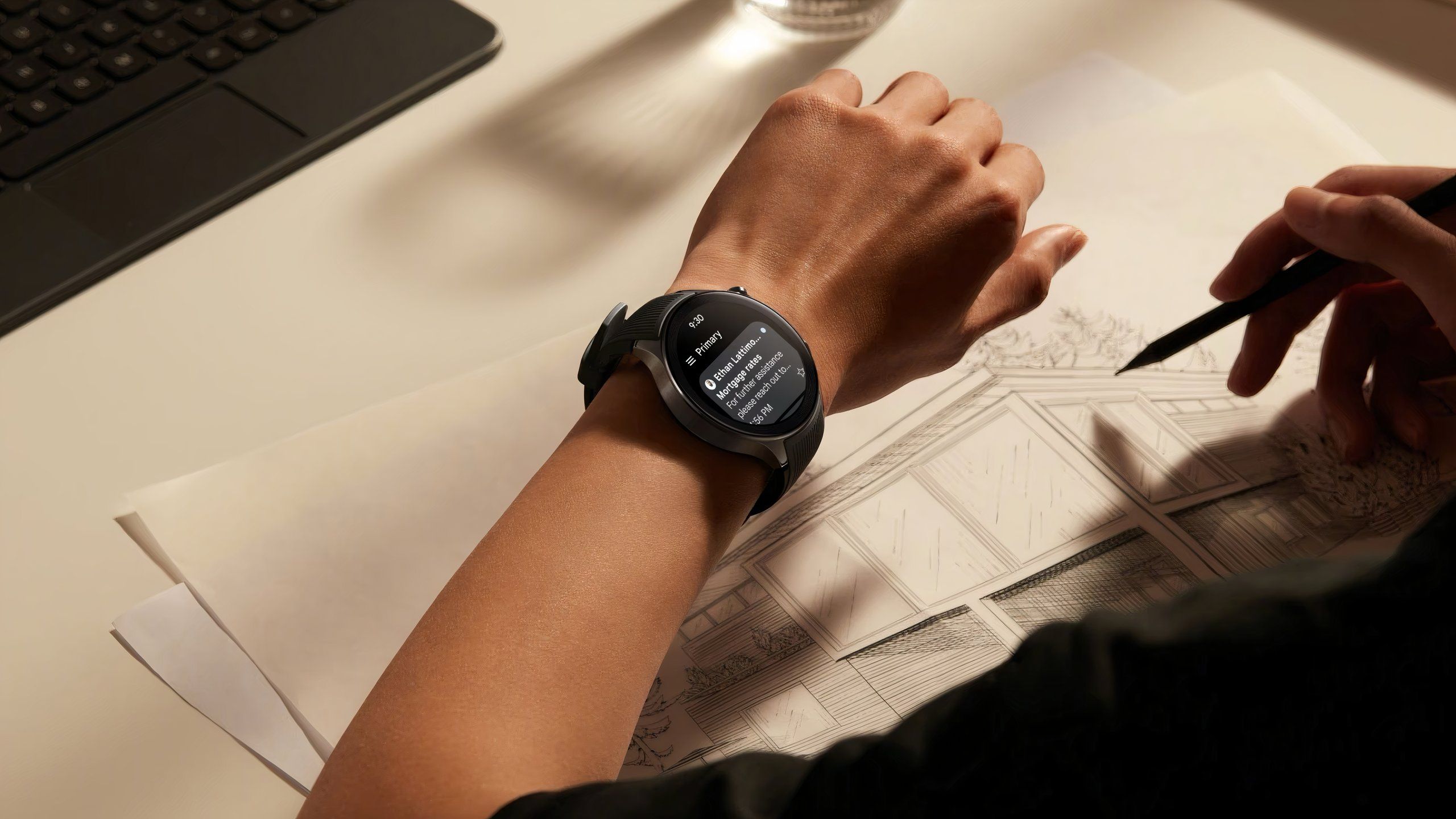Key Takeaways
- Wear OS 5 is built on shared Google and Samsung technology, expected to roll out to older smartwatches within the next year.
- Google’s focus for Wear OS 5 is improveing efficiency, and adding support for larger displays and more detailed watch faces.
- Samsung, OnePlus, Oppo, and Google are expected to update existing devices to Wear OS 5.
Wear OS 5, despite being a Google run operating system, has built on shared technology from both Google and Samsung as of Wear OS 3, so it’s perhaps not surprising that the first devices to run the latest version of the smartwatch operating system were the Galaxy Watch 7 and Galaxy Watch Ultra. Wear OS 5 isn’t exclusive to Samsung but the software update is expected to come to older Wear OS smartwatches over the course of the next year.
Google’s smartwatch operating system, much like Android itself, is designed to be skinned and tweaked by the company’s software partners. You’ll get the Google version of Wear OS 5 on the Pixel Watch 3, but that doesn’t mean you’ll get the same experience on a device from OnePlus or Samsung, for example. What is consistent across Wear OS devices is access to Google services like Google Maps and YouTube Music, the presence of Google Assistant, and integrations with the Play Store for downloading third-party apps. The rest varies wildly from watchmaker to watchmaker.
Whether you own an older Wear OS devices and are expecting an update, or in the market for your first smartwatch for your Android phone, here’s which device will run Wear OS 5.
What Wear OS 5 will update and improve on smartwatches
Google is focused on software optimization and supporting bigger screens
Unlike previous years, the additions to Wear OS 5 are on the subtler side. Google is packing the usual security updates and optimizations, including what sounds like better power efficiency across the board for improved battery life, but actually new features are more limited.
Google’s adding in support for watches with larger displays, which fits with the ballooning screen size trend of premium smartwatches, and updating Wear OS watches to support more complications and a wider variety of data that those complications can display. Not exactly major new additions like Apple is making to watchOS 11, but absolutely worth downloading just for the efficiency and security improvements.
The smartwatches and wearables that will run Wear OS 5
Samsung, OnePlus, Oppo, and Google itself are pushing out updates
The market for Wear OS smartwatches is relatively small, especially outside of Asia, but there are more than a few existing smartwatches that should see the benefits of Wear OS 5. As to when they’ll receive them, it’s wholly dependent on the smartwatch maker.
Samsung already has a Wear OS 5-powered version of OneUI available in beta, for example, but it’s not clear when it will be officially released to the company’s older devices. The following companies are ones who have either released Wear OS 5 watches or are expected to update their existing offerings:
The Pixel Watch 3 is technically Google’s first Wear OS 5 device, though the story of the new smartwatch is less about year-over-year OS improvements, and instead refined hardware (Google finally offers the Pixel Watch in 41mm and 45mm variants) and some new software from Fitbit for in-depth run tracking and insights.
The changes seem like meaningful improvements to the Pixel watch line, which has long looked great, but struggled with battery life. Those issues are a thing of the past on the Pixel Watch 3. All of Google’s other smartwatches are expected to get Wear OS 5, bringing the grand total to:
- Pixel Watch 3
- Pixel Watch 2
- Pixel Watch
OnePlus
OnePlus has dipped its toes in and out of being a smartwatch maker, but seems wholly committed again with the OnePlus Watch 2 and the OnePlus Watch 2R. Neither device is really a showcase for Wear OS 5, instead focusing on hardware improvements like round, always-on display and a Power Saver Mode that promises up to 12 days of battery life while enabled.
OnePlus is able to do this because of a unique dueling chip setup inside the watch itself (a Snapdragon W5 and BES 2700) which has one processor handling more demanding apps and features while the other covers lightweight smartwatch tasks like notifications and using the watch face.
The main difference between the OnePlus Watch 2 and 2R is that the 2R features an aluminum body rather than a stainless steel one.
While OnePlus hasn’t announced a release date for its Wear OS 5 update, the company promises at least two years of software updates and three years of security updates, which means both the OnePlus Watch 2 and OnePlus Watch 2R should be updated to Wear OS 5 at some point in the next year, if not sooner.
Samsung
Both of Samsung’s new smartwatches are already running Wear OS 5, though the unique features of the Galaxy Watch 7 and Galaxy Watch Ultra originate with the improved sensors and Samsung Health features the company debuted on the wearables. The Galaxy Watch 7 is capable of sleep apnea detection, calculates a new Energy Score based on your sleep, heart rate, and activity, and leverages a sliver of Samsung’s Galaxy AI with suggested replies to messages.
The Galaxy Watch Ultra is one of the reasons Google is doing the work to support watches with larger displays, on top of its more rugged build and Quick Shortcut button for launching directly into workout tracking.
Samsung is already working on the OneUI version of Wear OS 5, and based on its beta, here’s the list of watches that will be run Wear OS 5:
- Galaxy Watch Ultra
- Galaxy Watch 7
- Galaxy Watch 6 Classic
- Galaxy Watch 6
- Galaxy Watch 5 Pro
- Galaxy Watch 5
- Galaxy Watch 4 Classic
- Galaxy Watch 4
- Galaxy Watch FE
Oppo
Oppo / Pocket-lint
Oppo is the parent company of OnePlus and is expected to bring Wear OS 5 to its most recent smartwatch, the Oppo Watch X, at some point. If it seems similar to the OnePlus Watch 2, it’s because they’re more or less the same device, just with different branding. Oppo’s smartwatches aren’t currently sold in North America, which is where OnePlus typically comes in.
Wear OS 5 is slowly rolling out to a smartwatch near you
There just aren’t that many Wear OS devices available globally
If this list seems short, it’s mainly because there aren’t that many Wear OS devices with ongoing software support out there. You can buy an affordable Wear OS device from a company like Mobvoi, but there’s no guarantee it’ll ever get the current version of Google’s operating system if it launches with a version that’s already a year or more old.
There aren’t that many Wear OS devices with ongoing software support out there.
That’s one of the reasons why Google and Samsung’s increasingly close partnership is important. With few serious competitors, they might as well team up to take a more active role in the actual development of Wear OS. Someone has to make devices that stay up-to-date. Why not the two companies with the most skin in the game? It’s not ideal by any means, but at least you know there are a few devices that we can reasonably expect to get the latest software update, even if it’s a few months late.
Trending Products

Cooler Master MasterBox Q300L Micro-ATX Tower with Magnetic Design Dust Filter, Transparent Acrylic Side Panel, Adjustable I/O & Fully Ventilated Airflow, Black (MCB-Q300L-KANN-S00)

ASUS TUF Gaming GT301 ZAKU II Edition ATX mid-Tower Compact case with Tempered Glass Side Panel, Honeycomb Front Panel, 120mm Aura Addressable RGB Fan, Headphone Hanger,360mm Radiator, Gundam Edition

ASUS TUF Gaming GT501 Mid-Tower Computer Case for up to EATX Motherboards with USB 3.0 Front Panel Cases GT501/GRY/WITH Handle

be quiet! Pure Base 500DX ATX Mid Tower PC case | ARGB | 3 Pre-Installed Pure Wings 2 Fans | Tempered Glass Window | Black | BGW37

ASUS ROG Strix Helios GX601 White Edition RGB Mid-Tower Computer Case for ATX/EATX Motherboards with tempered glass, aluminum frame, GPU braces, 420mm radiator support and Aura Sync












